Scientists Left Amazed After Discovering Coral Reef the Size of the Empire State Building
The world’s largest deep-sea coral reef is right on the doorstep of the Great Barrier Reef. Located at the northern end of the Great Barrier Reef, this “blade-like” reef is just 130 km off Cape York, Australia’s northeastern tip.
The coral reef was discovered by a team of researchers who were not even searching for it.
The Empire State Sized Coral Reef
The towering detached coral reef, standing as tall as the Empire State Building at 500 meters, is the first major coral discovery in 120 years.
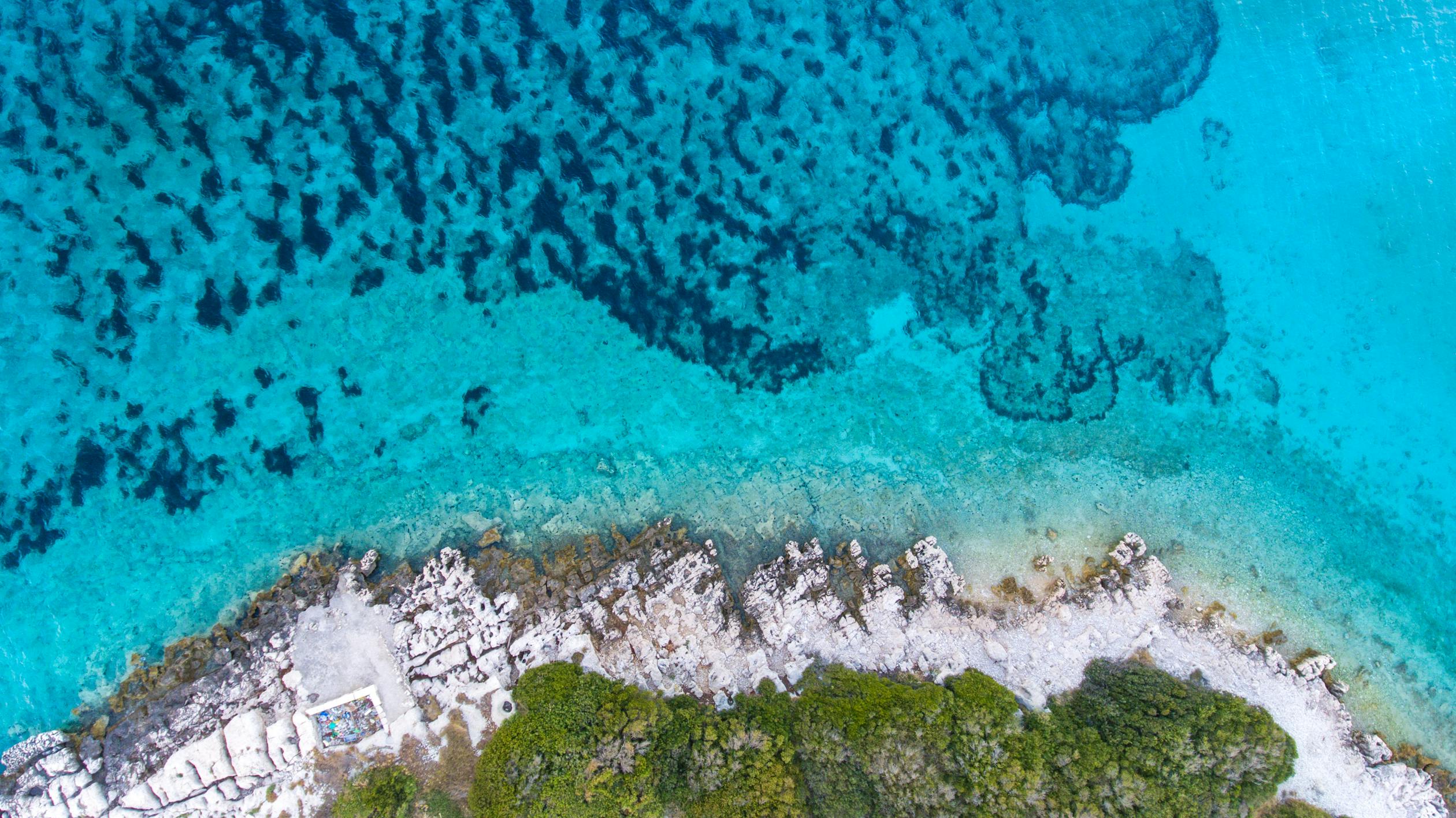
Source: invisiblepower/Pexels
This newly discovered coral reef is approximately 23 million years old, while experts believe the Great Barrier Reef is 500,000 years old.
The Team Behind the Research
A team of scientists from the ARC Centre of Excellence for Coral Reef Studies at James Cook University uncovered this coral reef while mapping an area of the northern Great Barrier Reef seabed (via The Guardian).

Source: Wikimedia
The expedition’s principal investigator, Tom Bridge, stated that the reef was 1.5 km wide at its base and rose half a kilometer to within 40 meters of the surface.
The Largest Detached Reef
Researchers discovered the first large detached reef in the area since the late 19th century when they found seven others over a 150-kilometer stretch of ocean.
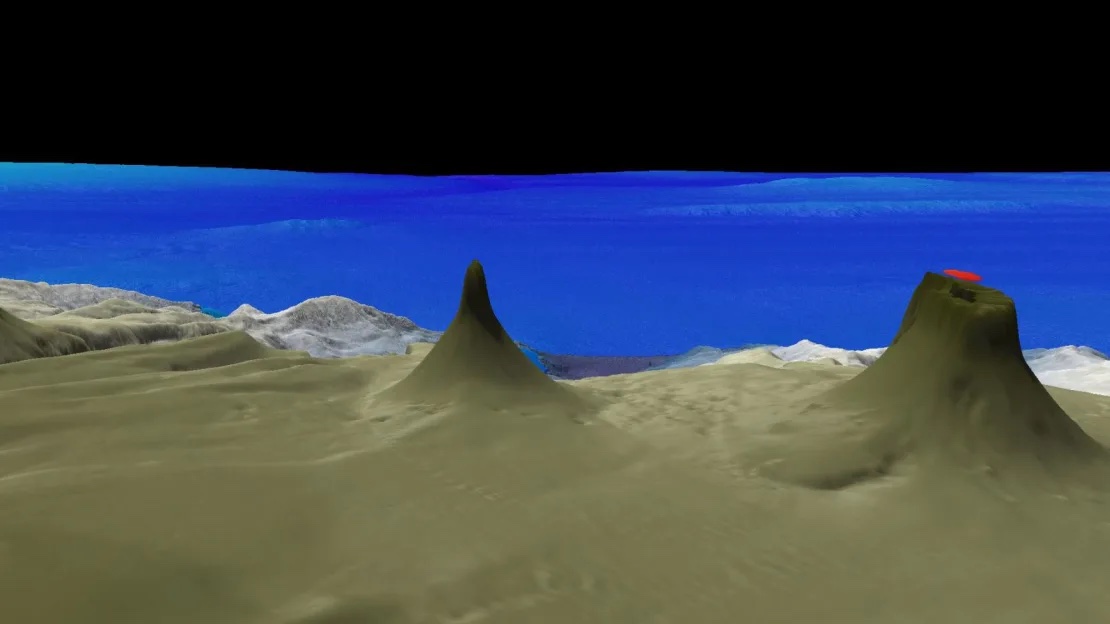
Source: Schmidt Ocean Institute
With its enormous size, Bridge was shocked that no one had found the coral reef before. “It’s a big reef not to have known about,” he said.
Exploring the Reef
Researchers are using new technology to explore this newly discovered reef, accessing the deepest areas of the mount to survey the marine life.

Source: Tom Fisk/Pexels
Additionally, the reef mount was used to create a full 3-dimensional map of the detached reef.
The Coral Unknown
“What it highlights is how little we know about a lot of the ocean, even the Great Barrier Reef. The marine park is 344,000 square kilometers–bigger than many European countries–and only about 6 or 7% of that is typical shallow-water reefs.” Bridge said.
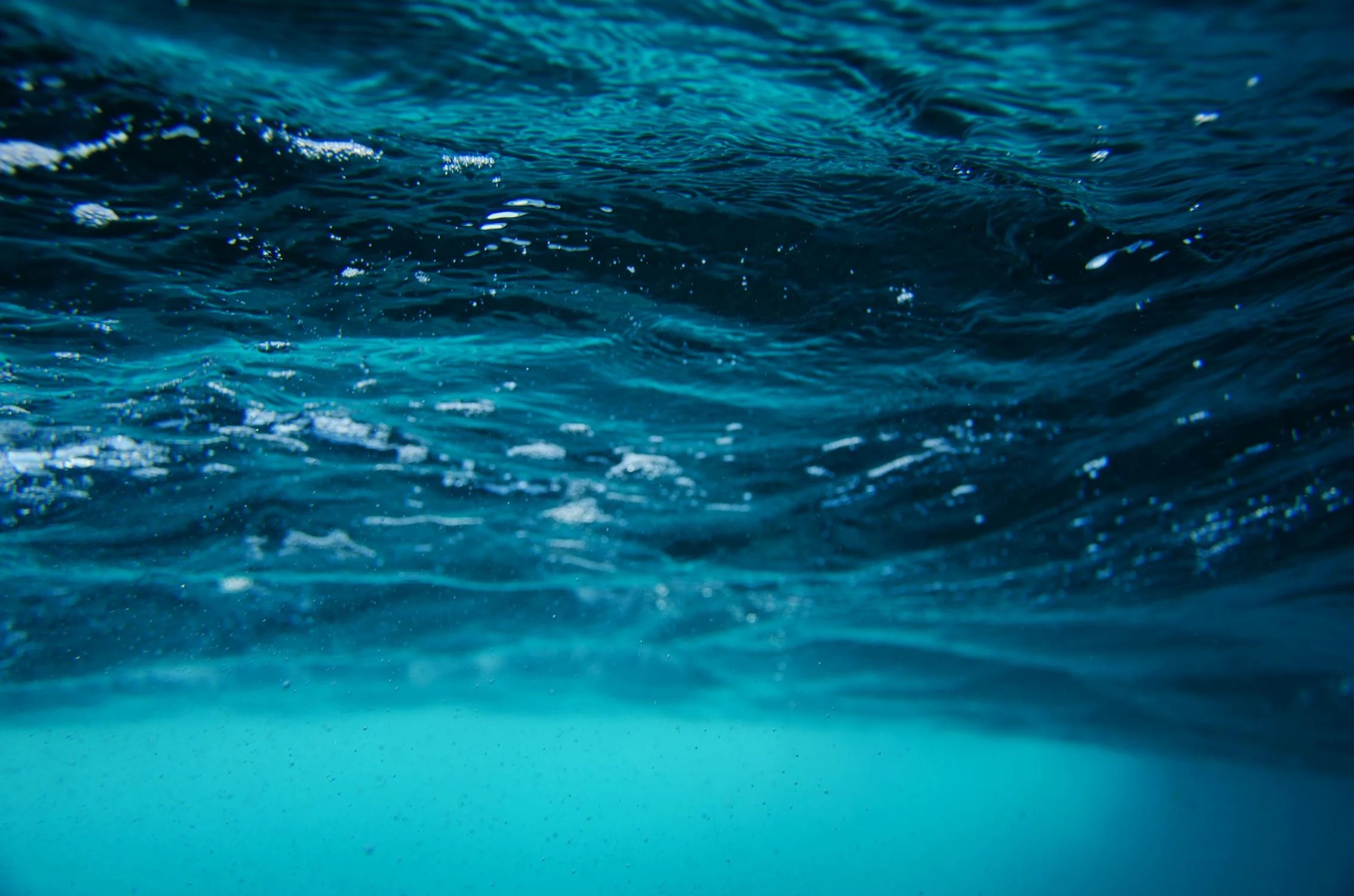
Source: Emiliano Arano/Pexels
“We know more about the surface of the moon than we know about what lies in the depths beyond our coastlines.”
How These Reefs Form
Detached reefs rest on the ocean floor but do not belong to the main body of the Great Barrier Reef. These reefs usually form around the edges of submerged volcanic islands or along continental shelves where there has been subsidence.
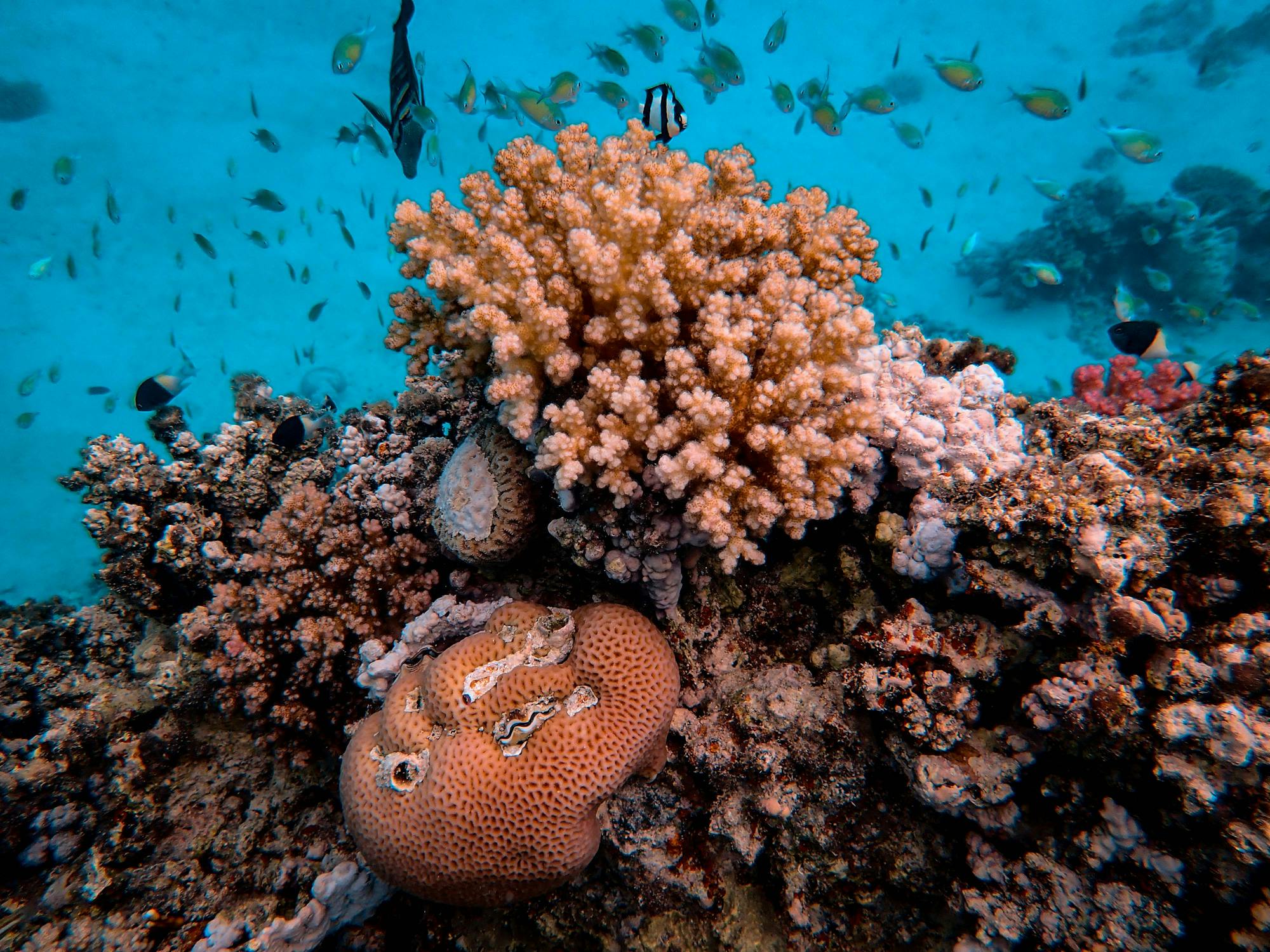
Source: Francesco Ungaro/Pexels
Their separation from the mainland or island is often due to geological processes such as erosion, tectonic activity, or changes in sea level.
The Survival of Certain Reefs
The newly discovered reef does not appear to have many hard corals in its upper section. However, it does have “an incredible abundance” of sponges, sea fans, and soft corals.
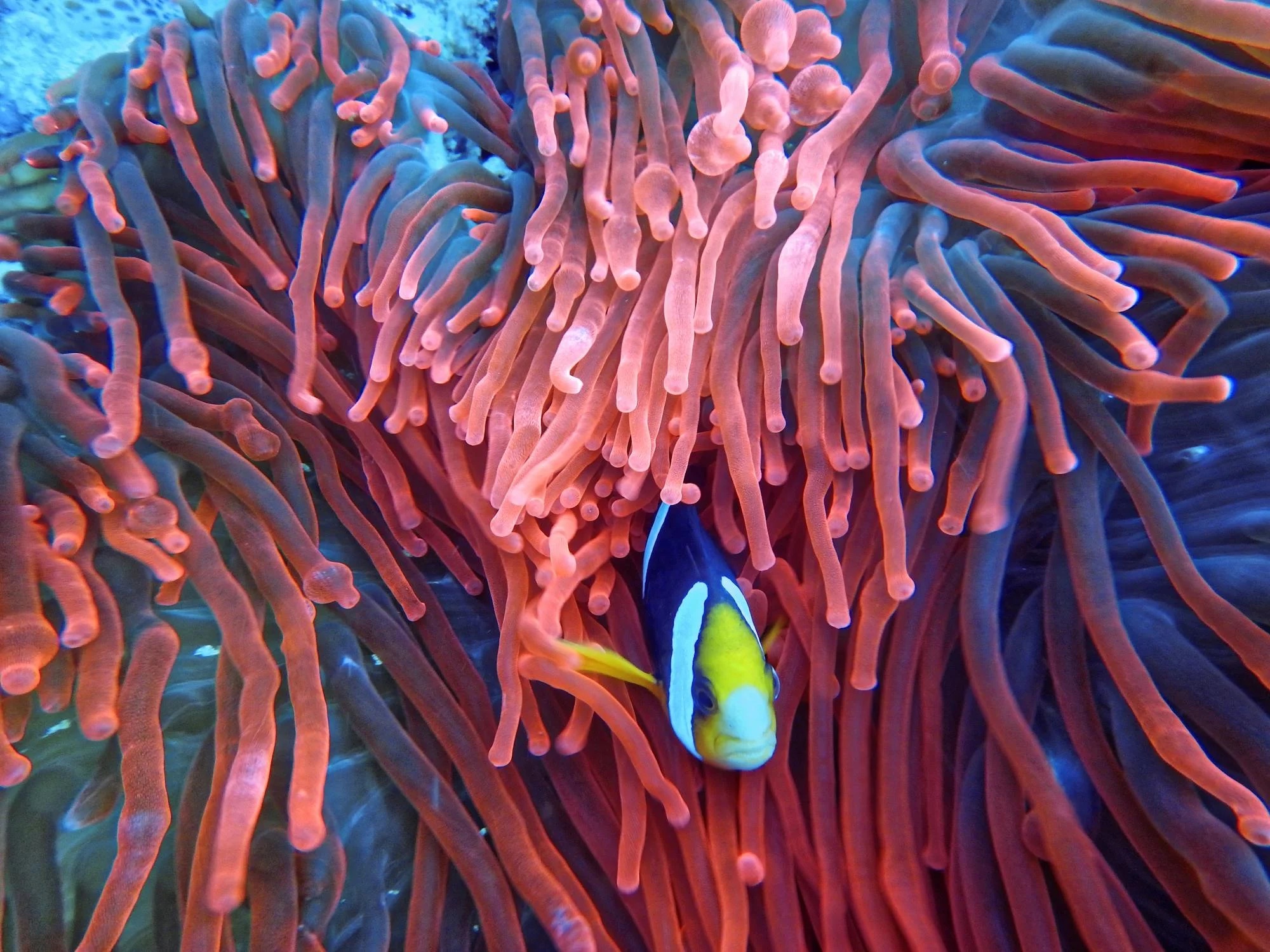
Source: Tom Fisk/Pexels
Strong currents and upwellings of deep waters suggest that the area is rich in nutrients.
The Threat to Coral Reefs
Four decades ago, El Niño brought warm waters into the oceans that nearly killed all the corals surrounding the Galápagos. Since then, the health of the coral reefs has been a major concern for many researchers and scientists around the world.
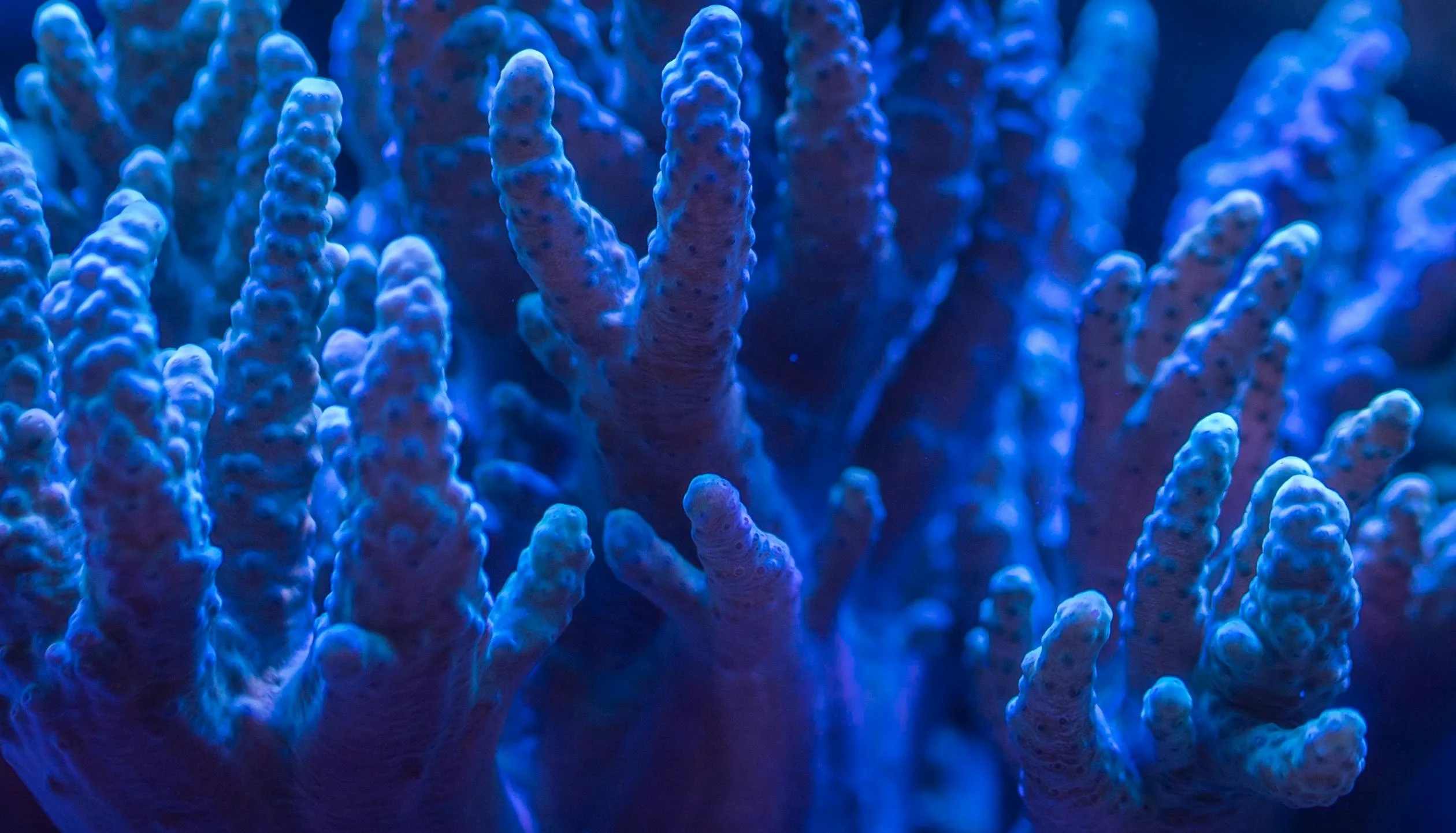
Source: Egor Kamelev/Pexels
Coral reefs face numerous threats that endanger their health and long-term survival.
Why the Coral Reefs Are Important
Coral reefs are incredibly important to Earth’s ecosystems and to human societies for several reasons.
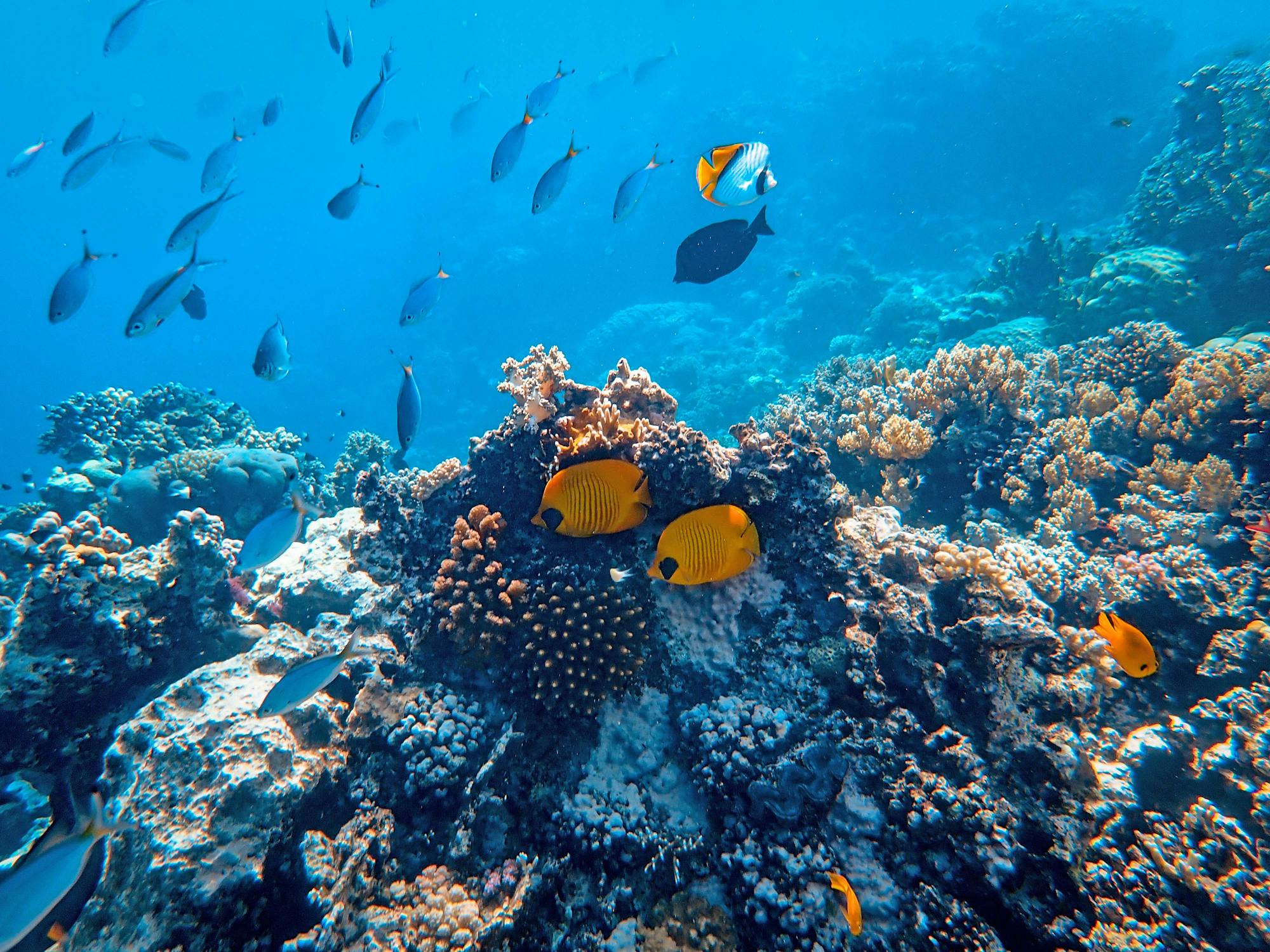
Source: Francesco Ungaro/Pexels
They are essential components of healthy marine environments, playing critical roles in supporting biodiversity, sustaining fisheries, protecting coastlines, and providing valuable ecosystem services to human communities.
Protecting the Coral Reefs
Protecting and conserving coral reefs is crucial for the well-being of both marine life and human communities.
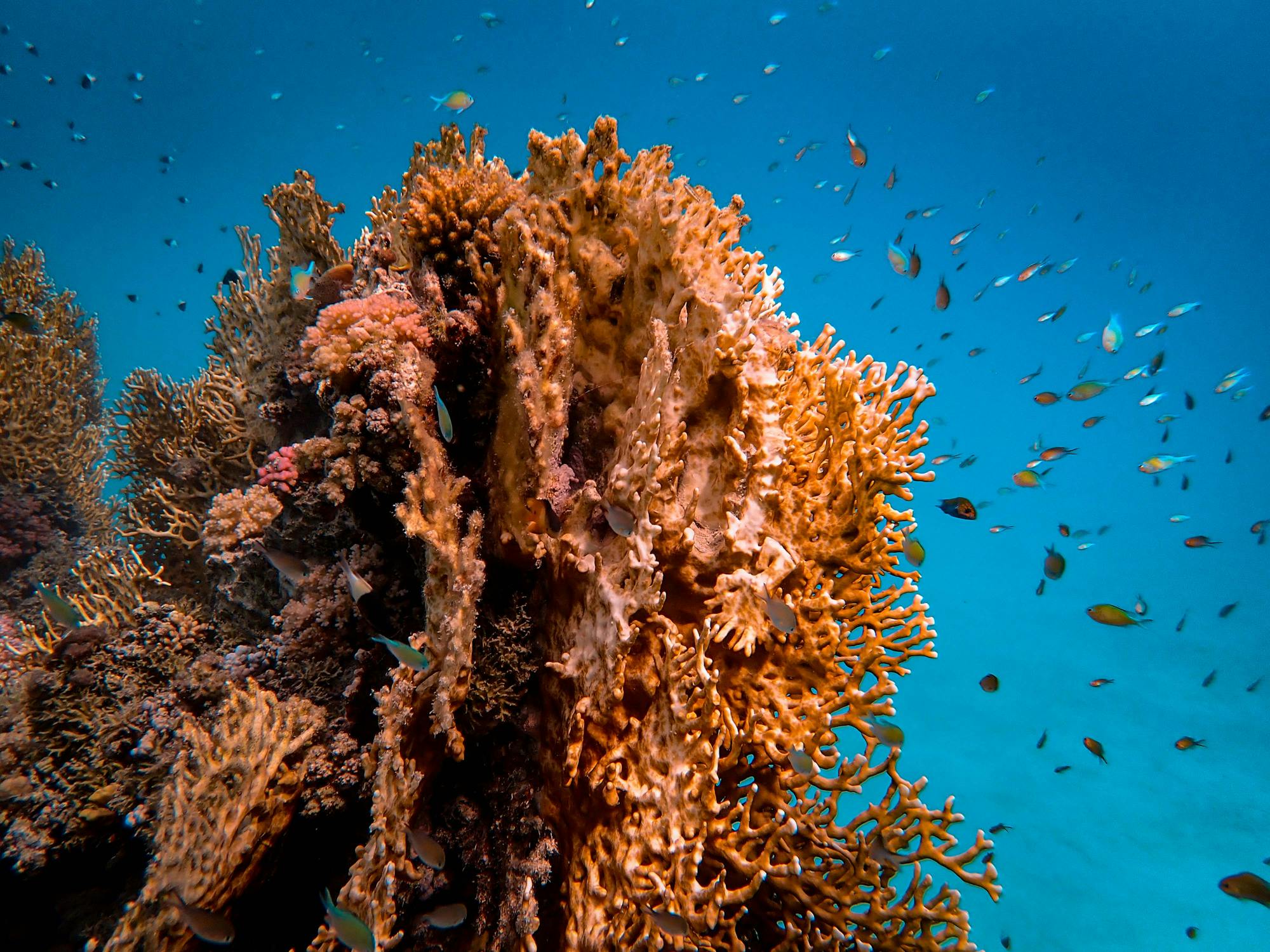
Source: Francesco Ungaro/Pexels
Through sustainable fishing, the establishment of marine protected areas, addressing climate change, and educating communities on the possibility of restoration, people can work together to protect and preserve coral reefs for future generations.
The Future of This Coral Reef
While this discovery of this coral reef will lead to many years of research, the researchers must handle the reef with care.
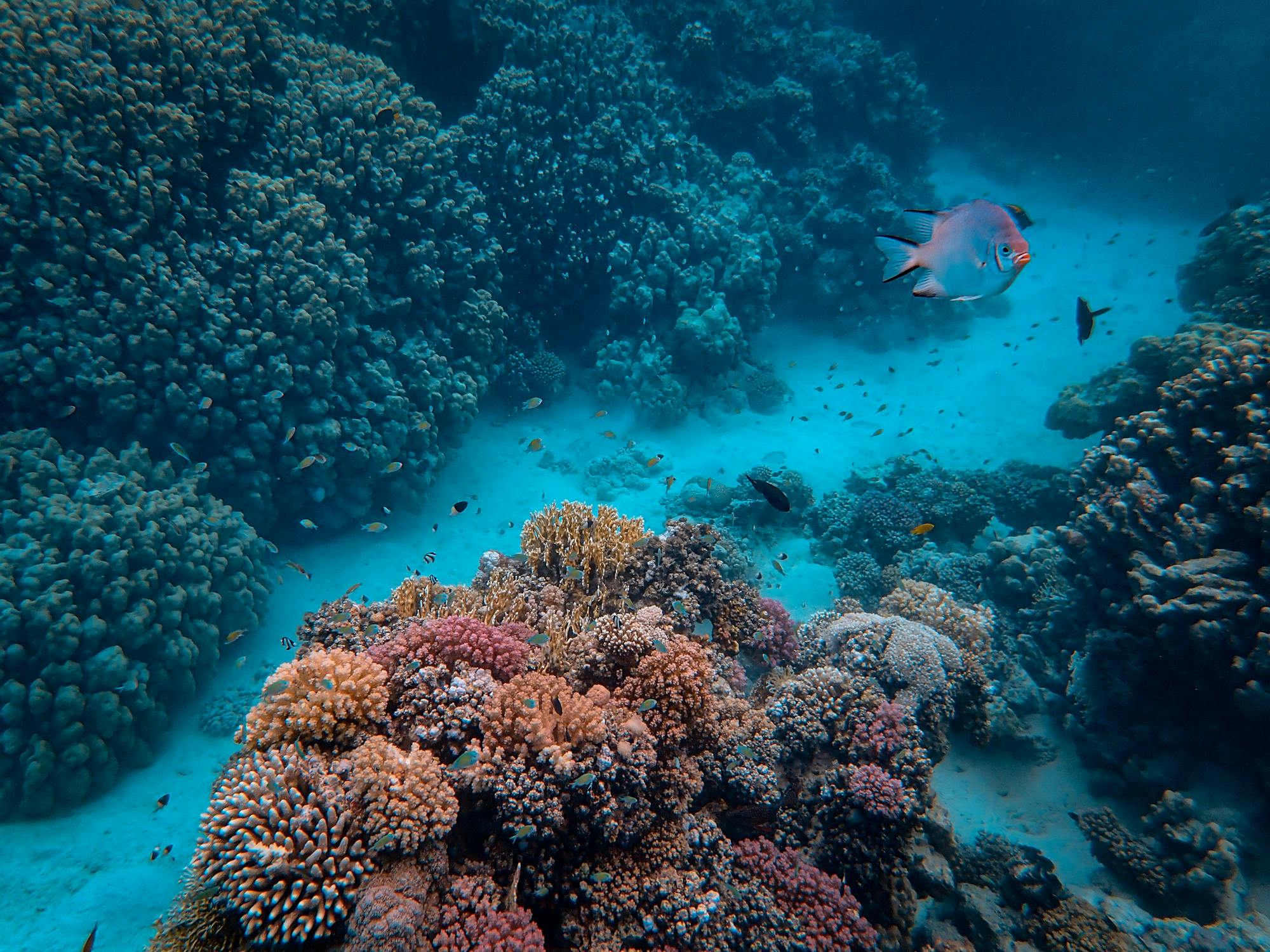
Source: Francesco Ungaro/Pexels
The unique and delicate ecosystem of the reef holds invaluable information that could significantly advance our understanding of marine biology, ecology, and climate change.
